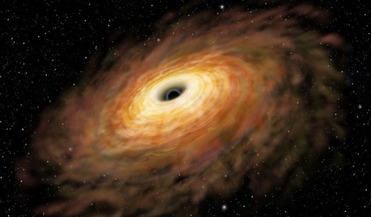 02 December 2019
"Impossible" black hole found in our Galaxy
02 December 2019
"Impossible" black hole found in our Galaxy
... named LB-1 by the researchers. The discovery is reported in the latest issue of Nature. The discovery came as a big surprise. "Black holes of such mass should not even exist in our Galaxy, according to most of the current models of stellar evolution...
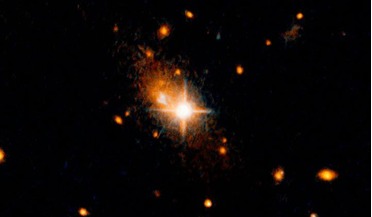 24 March 2017
Gravitational waves expel black hole from galaxy centre
24 March 2017
Gravitational waves expel black hole from galaxy centre
... that around 1 - 2 billion years ago, a merger between two galaxies – each with central, massive black holes – took place. As the two black holes did not have the same mass and rotation rate, gravitational waves created as the...
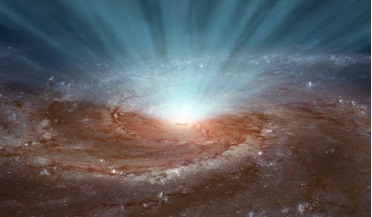 03 January 2018
Mass of black holes determines star formation history
03 January 2018
Mass of black holes determines star formation history
... rest of the galaxy put together. It is believed that this outpouring of radiation is a result of the accretion of matter by a supermassive black hole at the centre of its host galaxy and as the energy is dispersed, it heats and dispels the gas that...
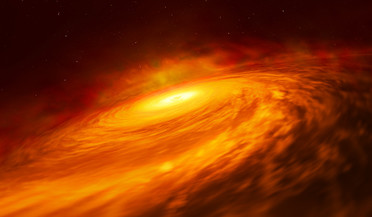 12 July 2019
Hubble uncovers black hole that shouldn't exist
12 July 2019
Hubble uncovers black hole that shouldn't exist
... characteristics at very high precision. STIS was integral to effectively observing the low-luminosity region around the black hole, blocking out the galaxy’s brilliant light. The astronomers initially selected this galaxy to validate accepted models...
 17 January 2018
First inactive stellar-mass black hole found in a globular cluster
17 January 2018
First inactive stellar-mass black hole found in a globular cluster
...not able to escape from their cores due to the tremendous amount of gravity the black hole creates. Instead the primary method of detecting a black hole is through observations of radio or X-ray emissions coming from hot material around them. However...
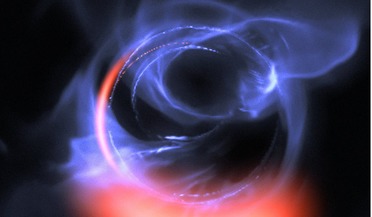 31 October 2018
Black hole status of the Milky Way centre confirmed with striking new data
31 October 2018
Black hole status of the Milky Way centre confirmed with striking new data
...were lucky enough to notice three bright flares from around the black hole — it was a lucky coincidence!" The emission from the ... theoretical predictions for hot spots orbiting close to a black hole with a mass 1.3 trillion times greater than the ...